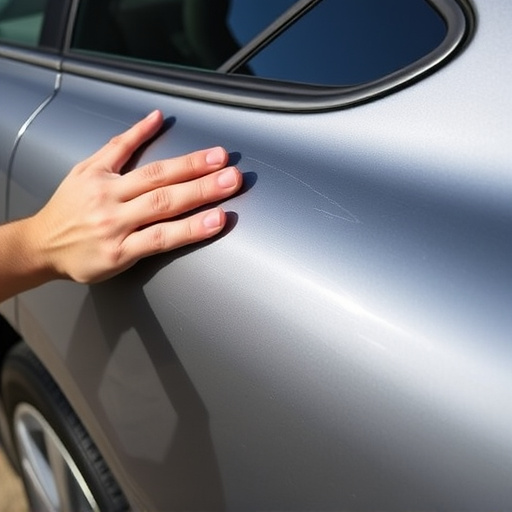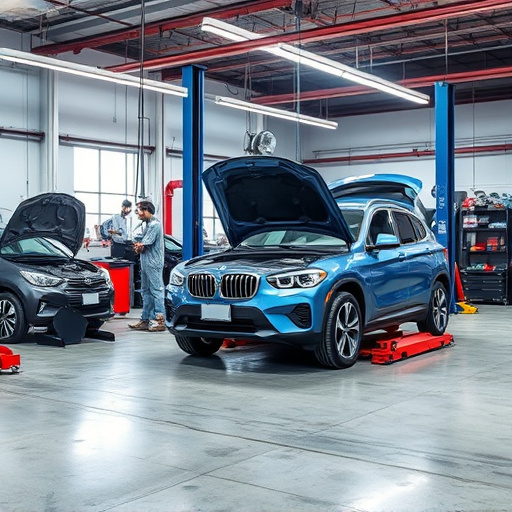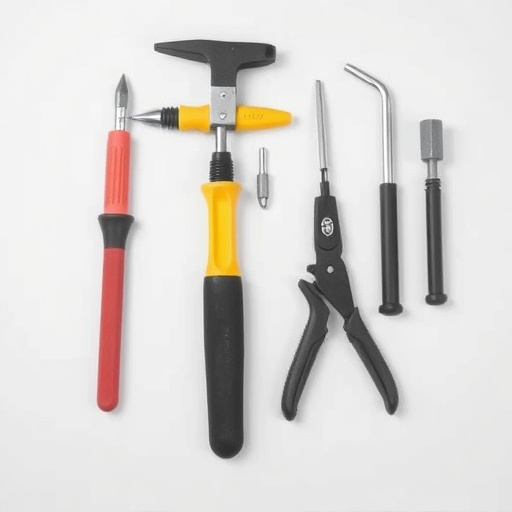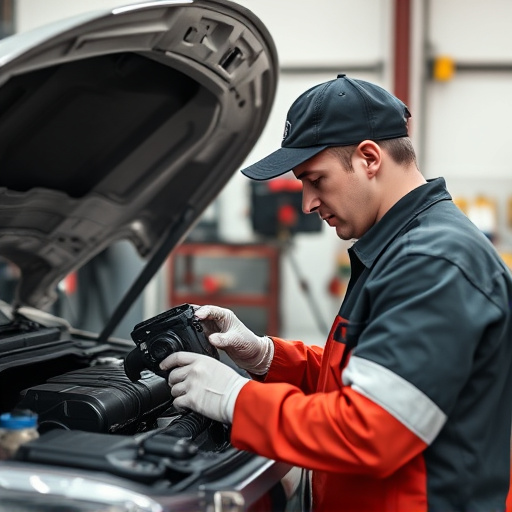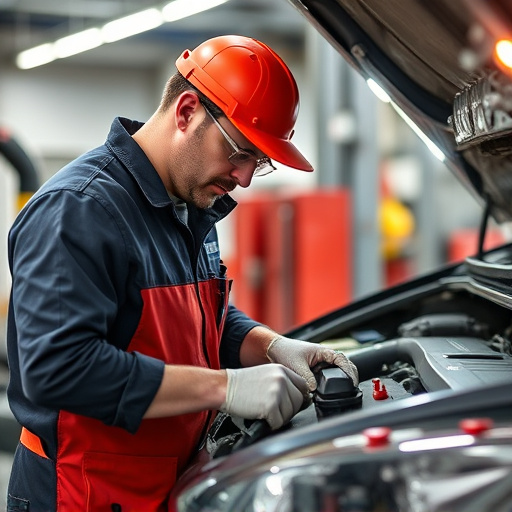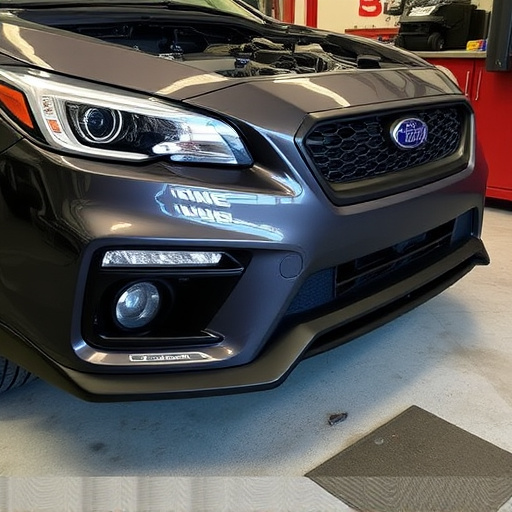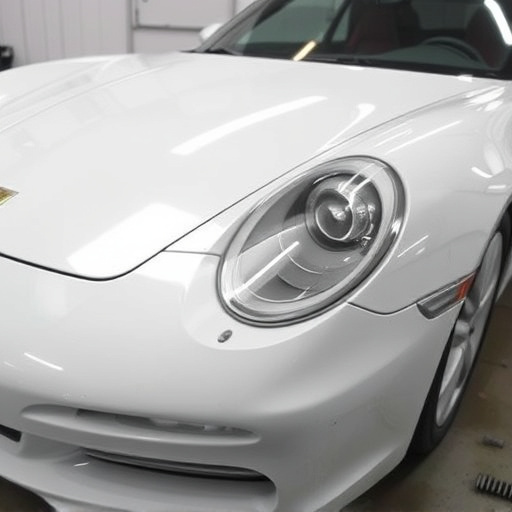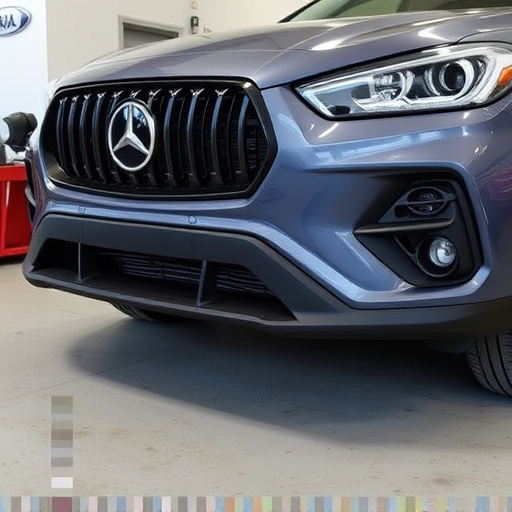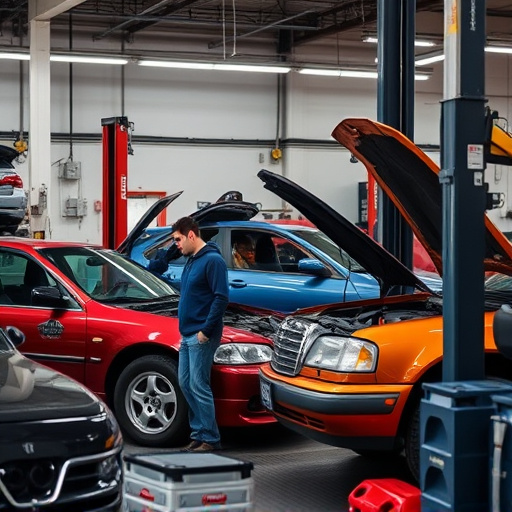The cowl panel, a vital component for commercial vehicles, requires regular replacement to prevent wear and tear. This process involves securing the vehicle, removing the old panel, fitting a new one, and testing functionality. Integrating best practices for fleet maintenance, including timely cowl panel replacements, optimizes performance, extends lifespans, reduces downtime, lowers costs, enhances aesthetics, and increases resale value.
Looking to streamline your commercial or fleet vehicle maintenance? Discover the significance of cowl panel replacement in enhancing performance and safety. This comprehensive guide delves into the essential role of cowl panels, providing a step-by-step process for efficient replacement. Explore best practices tailored for fleet maintenance to optimize cost savings and ensure top-notch vehicle upkeep. Learn how regular cowl panel replacement can revolutionize your fleet’s efficiency and reliability.
- Understanding Cowl Panel Importance for Commercial Vehicles
- Step-by-Step Guide to Efficient Panel Replacement
- Best Practices for Fleet Maintenance and Cost Savings
Understanding Cowl Panel Importance for Commercial Vehicles
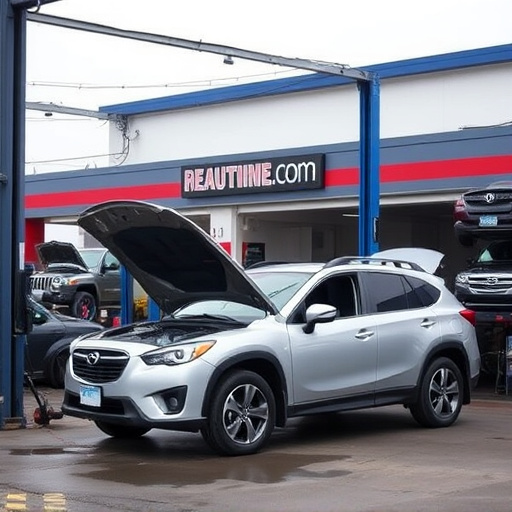
The cowl panel is a critical component of commercial vehicles, playing a vital role in both functionality and aesthetics. It acts as a protective barrier, shielding sensitive internal parts from external elements, debris, and potential damage during operation. A well-maintained cowl panel ensures optimal performance, enhancing the overall efficiency and safety of the vehicle. In the realm of auto maintenance, regular cowl panel replacement is essential to prevent wear and tear, particularly in fleet vehicles subjected to rigorous daily use.
For businesses relying on their commercial fleet for operations, prompt cowl panel replacement can significantly extend the lifespan of their vehicles. This proactive approach to car body repair ensures that drivers can navigate challenging road conditions without compromising safety or performance. Moreover, a well-maintained exterior, including classic car restoration techniques for vintage models, contributes to a professional image and can even increase vehicle resale value over time.
Step-by-Step Guide to Efficient Panel Replacement
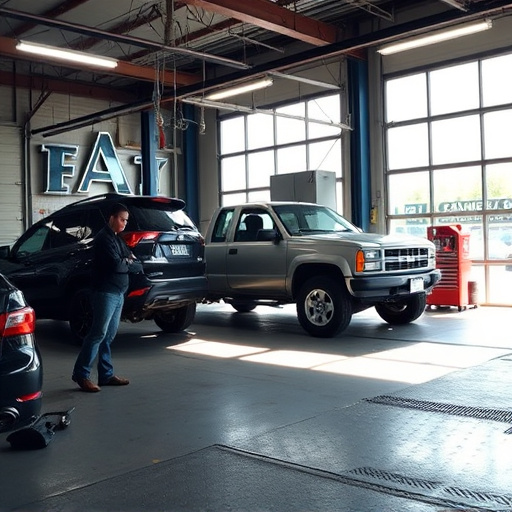
Replacing a cowl panel on a commercial or fleet vehicle is a crucial task that can be efficiently managed with a systematic approach. Here’s a step-by-step guide to ensure this process goes smoothly and effectively:
1. Safety First: Ensure the vehicle is properly secured and all necessary safety measures are in place. This includes applying the parking brake, blocking wheels, and using wheel chocks for stability. Put on protective gear, including gloves and safety glasses, before beginning any work.
2. Assessment: Inspect the cowl panel to identify the extent of damage. This will help you gather the correct replacement parts. Note any surrounding components that may need attention, such as trim pieces or other panels.
3. Remove the Damaged Panel: Using the appropriate tools for your vehicle, carefully remove the old cowl panel. This process can vary depending on the make and model, so refer to your vehicle’s service manual if needed. Once removed, clean the area thoroughly to ensure proper adhesion during the replacement.
4. Prepare the New Panel: Fit the new cowl panel carefully, ensuring it aligns with the surrounding body panels. Check for any gaps or misalignments before securing it in place with appropriate hardware.
5. Secure and Test: Tighten all bolts securely but do not over-tighten to avoid damage. Double-check that the panel is firmly attached and fits correctly. Test the panel’s functionality, ensuring no leaks or other issues before proceeding with any adjacent repairs, such as car paint repair or vehicle body repair, if necessary.
Best Practices for Fleet Maintenance and Cost Savings

Implementing best practices for fleet maintenance is a strategic move to optimize vehicle performance and extend their lifespan. Regular cowl panel replacement is a key aspect often overlooked but can significantly impact overall fleet management. By staying proactive, fleet managers can reduce downtime and lower maintenance costs. One effective strategy is to establish a preventive maintenance schedule, which includes routine inspections and timely replacements of worn-out components, such as the cowl panel. This approach minimizes unexpected breakdowns and costly emergency repairs.
Additionally, prioritizing scratch repair and car bodywork maintenance can enhance the overall aesthetics and value of commercial vehicles. Promptly addressing minor dents or scratches through car paint repair techniques prevents them from escalating into more extensive damage. Efficient fleet maintenance not only saves money but also contributes to a professional image by ensuring that vehicles are in top condition, reflecting well on the company’s services and operations.
Cowl panel replacement is a crucial aspect of maintaining commercial and fleet vehicles, ensuring optimal performance and extending their lifespan. By understanding the significance of this component and adopting efficient replacement practices, fleet managers can significantly reduce costs and minimize downtime. Following the step-by-step guide and implementing best practices will help keep your fleet running smoothly, making cowl panel maintenance a valuable investment in long-term operational efficiency.

